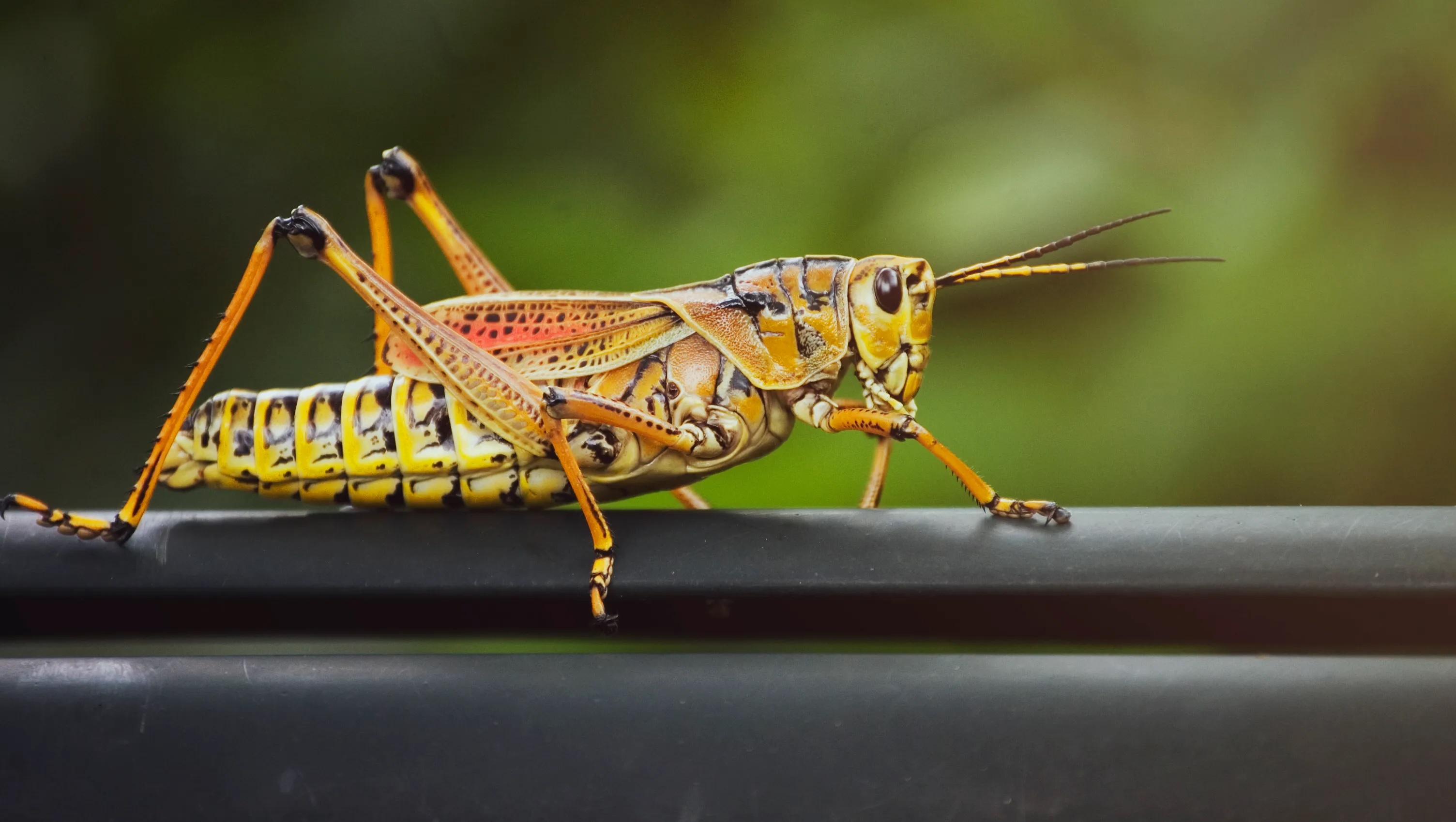
Did you know that the lubber grasshopper is one of the most colorful insects in North America? These fascinating creatures are not just eye-catching; they have some pretty cool tricks up their sleeves. From their unique defense mechanisms to their surprising diet, lubber grasshoppers are full of surprises. Whether you’re a budding entomologist or just curious about the natural world, these 14 amazing lubber grasshopper facts will blow your mind. Get ready to learn about their vibrant colors, unusual behaviors, and how they manage to thrive in their habitats. Buckle up for a fun and informative ride into the world of lubber grasshoppers!
Meet the Lubber Grasshopper
The lubber grasshopper is a fascinating insect found mainly in the southeastern United States. Known for its striking colors and unique behaviors, this grasshopper has many interesting traits.
-
Bright Colors: Lubber grasshoppers are often brightly colored, with hues of yellow, orange, and red. These colors serve as a warning to predators about their toxicity.
-
Toxic Defense: They produce a toxic foam when threatened. This foam can deter predators like birds and small mammals.
-
Slow Movers: Unlike other grasshoppers, lubbers are not great jumpers. They move slowly and rely on their toxic defenses for protection.
Unique Feeding Habits
Lubber grasshoppers have specific dietary preferences that set them apart from other grasshoppers. Their feeding habits are both fascinating and crucial for their survival.
-
Plant Preferences: They prefer to eat broadleaf plants, including many garden vegetables and ornamental plants.
-
Voracious Appetites: Lubbers can consume large amounts of vegetation, sometimes causing significant damage to crops and gardens.
-
Selective Eaters: Despite their large appetites, they are selective and avoid plants that contain certain toxins.
Life Cycle and Reproduction
Understanding the life cycle of the lubber grasshopper provides insight into their growth and development. Their reproductive habits are quite intriguing.
-
Egg Laying: Female lubbers lay their eggs in the soil, where they remain until hatching in the spring.
-
Nymph Stage: After hatching, lubber grasshoppers go through several nymph stages before becoming adults. Each stage involves shedding their exoskeleton.
-
Long Lifespan: Lubbers can live for several months, which is relatively long for grasshoppers.
Adaptations and Survival
Lubber grasshoppers have developed several adaptations that help them survive in their environments. These adaptations are key to their resilience.
-
Camouflage: Young lubbers are often black with red or yellow stripes, which helps them blend into their surroundings.
-
Warning Signals: Adult lubbers use their bright colors to warn predators of their toxicity, a survival strategy known as aposematism.
-
Regeneration: Lubbers can regenerate lost limbs, which is helpful if they escape a predator's grasp.
Interaction with Humans
Lubber grasshoppers often come into contact with humans, especially in agricultural areas. Their interactions with people can be both beneficial and problematic.
-
Pest Status: In large numbers, lubbers can become pests, damaging crops and ornamental plants.
-
Educational Value: Despite being pests, lubbers are often used in educational settings to teach about insect behavior and ecology.
Final Thoughts on Lubber Grasshoppers
Lubber grasshoppers are fascinating creatures with unique traits. Their bright colors serve as a warning to predators, signaling their toxicity. These insects can't fly well, but they make up for it with their powerful legs, allowing them to hop great distances. Lubbers are also known for their loud hissing sounds, used to scare off threats. Despite their intimidating appearance, they play a crucial role in the ecosystem, helping to control plant populations. Understanding these grasshoppers gives us insight into the delicate balance of nature. Next time you spot one, take a moment to appreciate its role in the environment. Whether you're a nature enthusiast or just curious, knowing these facts can deepen your appreciation for the world around us. Keep exploring, and you'll find there's always something new to learn about the creatures we share our planet with.
Was this page helpful?
Our commitment to delivering trustworthy and engaging content is at the heart of what we do. Each fact on our site is contributed by real users like you, bringing a wealth of diverse insights and information. To ensure the highest standards of accuracy and reliability, our dedicated editors meticulously review each submission. This process guarantees that the facts we share are not only fascinating but also credible. Trust in our commitment to quality and authenticity as you explore and learn with us.


